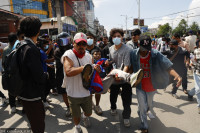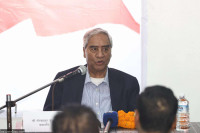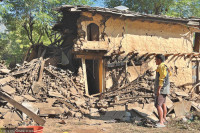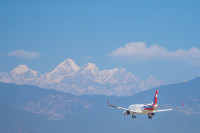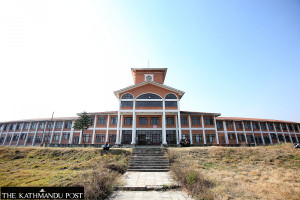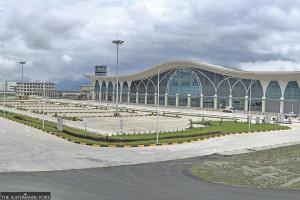Editorial
Young and diabetic
Twenty-two percent of Kathmanduites over 30 reportedly have diabetes—an alarming statistics.
In December 2024 and January 2025, Kathmandu Metropolitan City conducted a health screening of more than 26,000 people to assess their blood sugar levels, hypertension, behavioural risk factors and renal function. What was reportedly a “random” blood sugar test for 19,660 people however revealed an alarming situation: 22 percent of Kathmanduites over 30 had high blood sugar, according to the preliminary report of the screening. The figure is nearly three times the estimated national average of 8 percent. Even more concerning is the fact that diabetes among the young population is rising, yet many are unaware of it.
Globally, the number of people with diabetes soared to 830 million in 2022 from 200 million in 1990, according to the World Health Organisation (WHO). It is increasingly a problem in low- and middle-income countries. Even as the WHO warns that the prevalence of this chronic non-communicable disease is also seen at a younger age, including childhood, people often dismiss the disease with the complacency that diabetes affects only older individuals. Now, not only are type-1 and type-2 diabetes becoming more common, but a new form called mid-point diabetes (type-5) linked to chronic undernutrition has recently surfaced in low- and middle-income countries, raising serious concerns.
This serves as a wake-up call for health authorities and individuals to urgently prioritise blood sugar control. As per WHO, diabetes is manageable with a proper diet and regular physical activity. Timely diagnosis, regular screening and medications can also help avoid complications. On the other hand, if not addressed on time, it can lead to blindness, kidney damage, heart attack and even death. Healthcare experts in Nepal associate the alarming rise of diabetes cases among youths with high consumption of processed foods, physical inactivity and increasing stress levels related to life and work. Concomitantly, many people with diabetes don’t seek timely treatment.
Although diabetes stems from people’s unhealthy lifestyle choices, lack of state intervention in ensuring early detection and screening for all, regardless of socioeconomic status, is also a big problem. Many also lack awareness about the new form of diabetes, the effects of high blood sugar levels on their health as well as the toll a sedentary lifestyle takes on their overall well-being. It’s high time Nepal invested more budget in public health and launched nationwide health screening programmes for early detection of blood sugar. However, successive governments’ priorities for health have only decreased over the past years, affecting several healthcare programmes, including interventions for the control of non-communicable diseases. Even though the NCDs account for 73 percent of Nepal’s total deaths (according to the US-based Institution for Health Metrics and Evaluation’s “Global Burden of Disease 2021” report), the previous KP Oli-led government set aside only Rs21.1 million to NCDs for this fiscal year. The budget is far from enough to mitigate the burden of NCDs, including diabetes.
The Kathmandu Metropolitan City’s initiative is commendable. Still, there is a need for regular health screening interventions in the city. Other local units must also follow suit to help with proper assessment of nationwide prevalence of diabetes. The increasing incidence of diabetes among young people is not a healthy sign for the country’s future either. If current trends continue, its healthcare system could soon buckle under the demand of continuous and exorbitant costs of diabetes care.




 7.12°C Kathmandu
7.12°C Kathmandu

